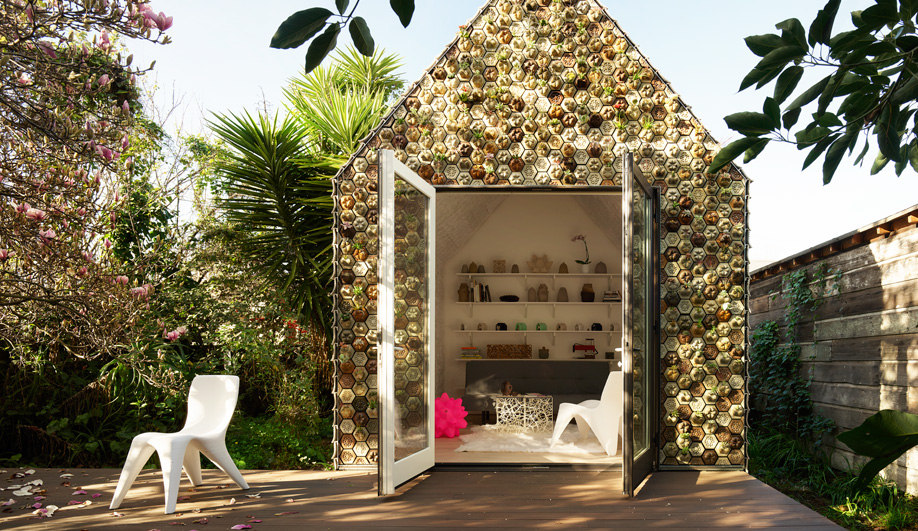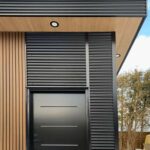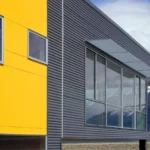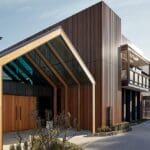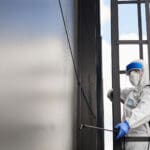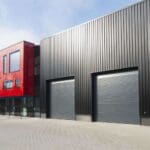In an era where sustainable cladding construction practices are paramount, choosing the right cladding material is a pivotal decision. This blog delves into the intricate relationship between cladding and sustainability, highlighting the best options available. From environmentally friendly materials to energy-efficient solutions, we’ll explore how making informed choices in cladding can significantly impact both the environment and the long-term viability of your building project.
Sustainability in Cladding: A Necessity for the Future
In the realm of construction, sustainability has shifted from a trend to an imperative. Cladding, as a prominent exterior component, plays a crucial role in achieving sustainable building practices. It’s not just about aesthetics; it’s about selecting materials that minimize environmental impact, enhance energy efficiency, and contribute to a healthier planet.
The Best Options for Sustainable Cladding
Fiber-Cement Cladding:
Fiber-cement cladding is a sustainable choice due to its durability, low maintenance needs, and ability to mimic the look of natural materials like wood or stone. It’s resistant to weather elements and has a long lifespan, reducing the frequency of replacements.
Metal Cladding:
Metal cladding, particularly aluminium, is an excellent option for sustainable cladding. It’s recyclable, lightweight, and can be coated for improved energy efficiency. Metal cladding’s sleek appearance also offers modern aesthetics, making it a popular choice for sustainable designs.
: The Path to Sustainable Cladding: Exploring the Best OptionsTimber Cladding:
When sourced responsibly, timber cladding can be a sustainable choice. Look for certified wood that comes from well-managed forests. Timber provides a natural, renewable, and biodegradable option, enhancing both the appearance and environmental performance of the building.
High-Performance Insulated Cladding:
For enhanced energy efficiency, consider high-performance insulated cladding systems. These systems provide superior thermal insulation, reducing the building’s energy consumption and creating a more comfortable indoor environment.
Frequently Asked Questions (FAQs)
What is the most sustainable type of cladding?
Among the various sustainable cladding options, fiber-cement cladding is often considered one of the most sustainable choices. It’s made from a mixture of cement, sand, cellulose fibers, and water, creating a durable and low-maintenance material that has several eco-friendly features. Fiber-cement cladding is known for its resistance to weather elements, durability, and ability to mimic the look of natural materials, reducing the need for harvesting wood or quarrying stone. Additionally, some fiber-cement cladding brands use eco-friendly production methods and source materials from sustainable sources, making it a strong contender for sustainable cladding.
What is the most energy-efficient cladding?
High-performance insulated sustainable cladding systems are typically the most energy-efficient type of cladding. These systems incorporate insulation materials directly into the cladding, creating a continuous thermal barrier that significantly reduces heat transfer. Insulated cladding can help maintain a stable indoor temperature, reducing the reliance on heating or cooling systems. This not only lowers energy consumption but also enhances the building’s overall energy efficiency.
What is eco cladding?
Eco cladding refers to cladding materials and systems that prioritize environmental sustainability and minimize their impact on the planet. Eco cladding often involves the use of renewable or recycled materials, responsible sourcing practices, energy efficiency, low emissions, and minimal waste during production and installation. The goal of eco cladding is to create durable, aesthetically pleasing exteriors while promoting eco-conscious building practices.
What cladding to avoid?
It’s generally advisable to avoid cladding materials that have a significant negative impact on the environment, have a short lifespan, or contribute to poor indoor air quality. Some examples of cladding materials to be cautious about include vinyl cladding (PVC), as its production is associated with toxic emissions and its durability can be a concern. Additionally, cladding made from non-renewable materials without a recycling plan in place should be approached with caution, as they may not align with sustainable practices.
What are the best sustainable walls?
The best sustainable cladding (walls) often incorporate a combination of durable, energy-efficient insulation, and eco-friendly cladding. Here are some sustainable wall options:
Insulated Concrete Forms (ICF): These walls use a combination of concrete and insulation, offering excellent thermal performance, durability, and reduced energy consumption.
Straw Bale Walls: Straw bales are renewable and provide high levels of insulation. They can be used in combination with plaster or other natural finishes for a sustainable wall system.
Structural Insulated Panels (SIPs): SIPs consist of a foam core sandwiched between structural panels. They offer exceptional insulation and are easy to install, contributing to energy-efficient and sustainable building envelopes.
Rammed Earth Walls: Rammed earth construction utilizes natural, locally sourced materials. It has a low environmental impact, offers thermal mass benefits, and has a unique, aesthetically pleasing appearance.
By prioritizing sustainable cladding materials and combining them with energy-efficient wall systems, you can create a more sustainable, eco-friendly building while enjoying the benefits of reduced energy consumption and long-term durability.
Striking the Balance: Aesthetics and Sustainability
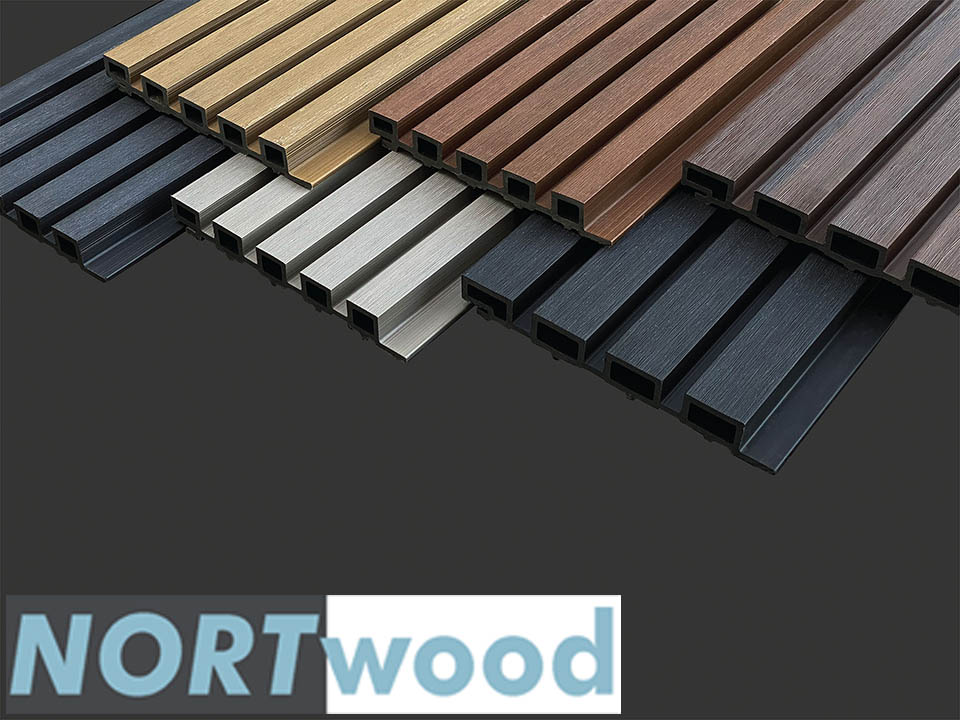
It’s essential to strike a balance between aesthetics and sustainability when choosing cladding materials. Many modern sustainable options, like metal and fiber-cement, offer versatile designs that can complement various architectural styles while meeting environmental standards.
Conclusion: Paving the Way for a Sustainable Future
In conclusion, sustainable cladding options abound, each offering unique benefits for environmentally conscious construction. By selecting materials that are durable, recyclable, energy-efficient, and responsibly sourced, we contribute to a greener future while creating structures that stand the test of time. Embrace the synergy between aesthetics and sustainability, and let your cladding choices be a testament to your commitment to building a better world.

